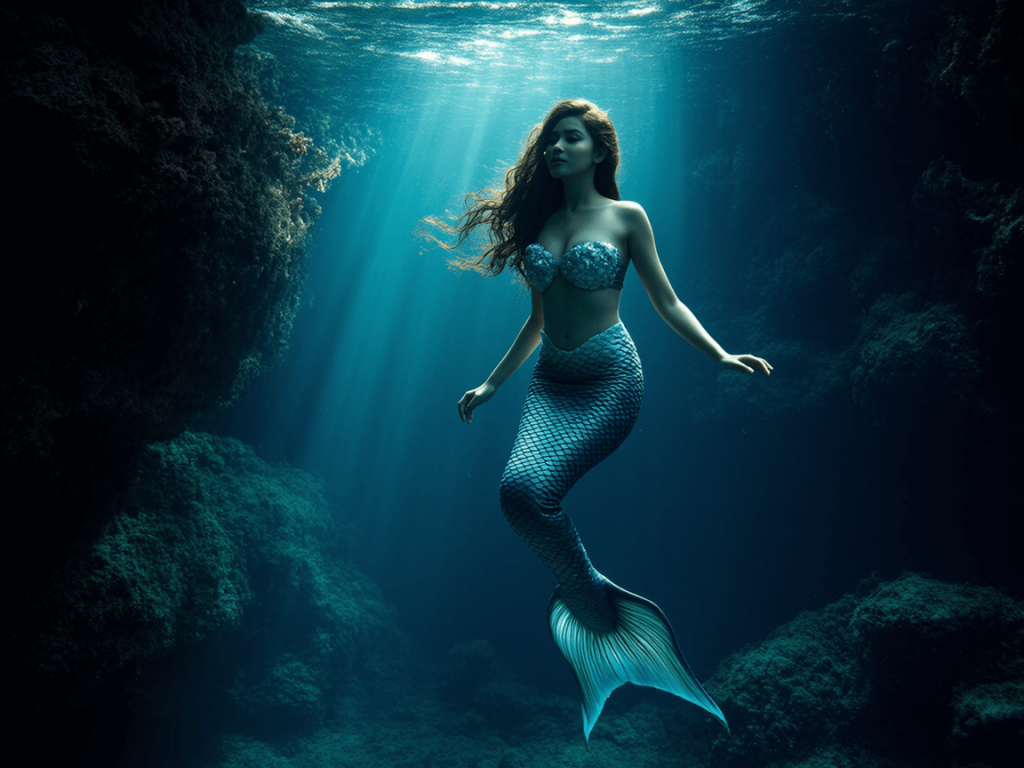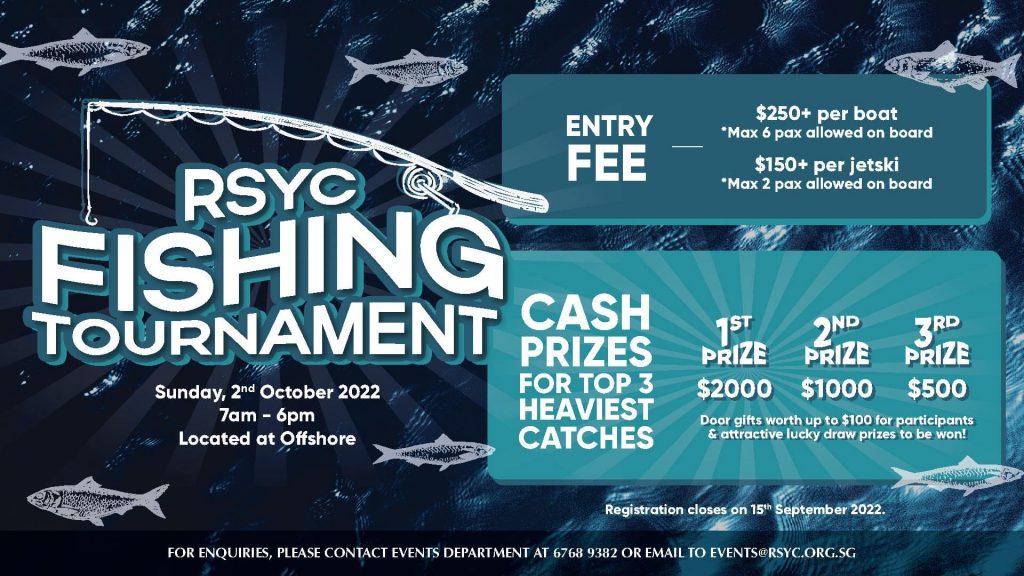Contents
The concept of mermaids has fascinated humanity for centuries. These mythical creatures, often depicted as half-woman, half-fish beings, have become integral symbols in folklore, literature, and popular culture. But what do we really know about mermaids in a real-life context? To explore this question, we can delve into the various aspects of mermaids, including history, biological inspirations, cultural significance, and modern interpretations.
Historical Background
Origins in Mythology: Mermaids have appeared in the folklore of various cultures around the world. The earliest known mermaid-like beings can trace back to ancient civilizations. The Assyrian goddess Atargatis was said to have transformed herself into a mermaid out of shame for accidentally killing her human lover. In Greek mythology, sirens were also depicted as seductive creatures, part-bird and part-woman, known for luring sailors to their doom with their enchanting voices.
Cultural Variations: Different cultures have their own interpretations of mermaids. In Slavic folklore, rusalka refers to water nymphs who have a dual nature, sometimes benevolent but often vengeful. Similarly, the Japanese mythological creature known as ‘ningyo’ is sometimes described as a fish with a human face, and it is said that capturing one will bring great fortune but may also come with dire consequences.
Biological Inspirations
Biologists and archaeologists have speculated that the origins of mermaid myths could have tangible roots in real-life marine creatures and phenomena:
Manatees and Dugongs: One of the most commonly proposed explanations for mermaid sightings is that sailors mistook manatees or dugongs, which are aquatic mammals, for mermaids. These gentle creatures have elongated bodies, and when seen from a distance, especially under poor visibility, could appear similar to a human figure floating in the water. Historical accounts from sailors suggest that during long voyages at sea, fatigue and longing could lead to altered perceptions, making them see these creatures as mermaids.
Diverse Marine Life: The ocean is home to an astonishing array of creatures, some of which are often described as strange or otherworldly. The process of evolution has given rise to unique life forms like the jellyfish, octopus, and various species of fish that display unusual features. The curiosity surrounding these creatures could have contributed to broader marine myths and the enchanting image of mermaids.
Cultural Significance
Mermaids are not only creatures of myth but also hold significant cultural meanings:
Symbolism: Mermaids often symbolize the duality of nature—beauty and danger, allure and peril. They embody the mystery of the sea, representing emotions and humanity’s connection to water, a source of life. In literature, mermaids often reflect themes of longing, sacrifice, and the struggle between two worlds, with stories exploring love, loss, and transformation.
Feminism and Empowerment: Modern interpretations of mermaids often focus on their empowerment, with mermaid figures emerging as symbols of independence and rebellion against societal norms. In recent films and literature, mermaids are depicted as strong, autonomous characters who navigate their destinies without the constraints imposed on them by traditional roles.
Modern Interpretations
In contemporary society, mermaids continue to evolve, becoming icons that transcend cultural boundaries:
Pop Culture Phenomena: Films like Disney’s “The Little Mermaid” reimagined the classic mermaid tale, emphasizing individuality and the desire to belong. This portrayal has popularized mermaids as symbols of hope, transformation, and emotional exploration. Books, television series, and merchandise have further contributed to the revival of mermaid mythology, making them more relatable and accessible to audiences worldwide.
Environmental Awareness: As discussions around climate change and conservation have grown, mermaids have emerged as symbols of ocean health and protectors of marine ecosystems. Various art forms and campaigns have leveraged the imagery of mermaids to raise awareness about pollution and the impacts of human activity on the seas. More and more individuals and organizations are using mermaid-themed events to promote ocean conservation initiatives.
Conclusion
While mermaids do not exist in the physical world, their impact is tangible across cultures and throughout history. They serve as powerful symbols that reflect humanity’s relationship with the sea and the mysteries it harbors. From ancient myths to modern interpretations, mermaids encapsulate the complexities of beauty, identity, and environmental consciousness. Ultimately, they remind us of the vastness of our imagination and the depths of the oceans, which continue to inspire wonder and curiosity in all of us. Whether as folklore, a cultural phenomenon, or a symbol of empowerment, mermaids will likely continue to captivate our collective imagination for generations to come




